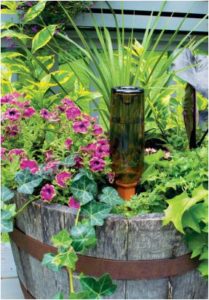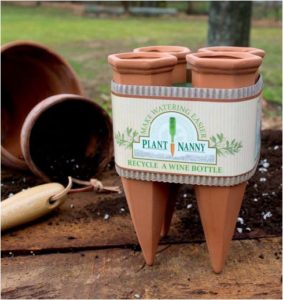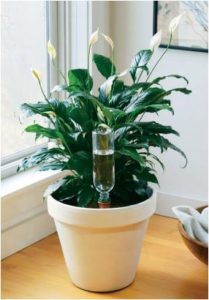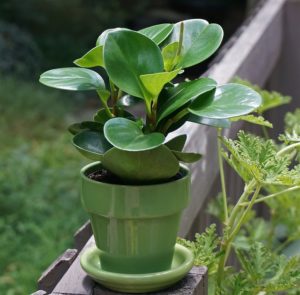 Houseplants are not just a “pretty face”, but work hard on our behalf making indoor environments as toxic free of airborne chemicals as possible . . . and the more plants the merrier, especially pet-friendly houseplants.
Houseplants are not just a “pretty face”, but work hard on our behalf making indoor environments as toxic free of airborne chemicals as possible . . . and the more plants the merrier, especially pet-friendly houseplants.
The humidity that houseplants graciously shower us with helps keep our dust and allergens at bay (a benefit I adore in my own household!). As responsible owners of both houseplants and pets, we want to ensure a harmonious environment for all.
Houseplant Happiness & your Four Legged Companions
Our four legged friends deserve our best and most conscientious of choices for their safety. We offer up a list of absolute beauties to grace your home or office for everyone to enjoy.
- Ferns – I love the ease of Mother Ferns for their good looks and non-messy qualities, but others in the fern family such as button ferns, maidenhair, and the sculptural birds-nest ferns are great.
- Spider Plant – This 70’s plant is making a comeback and is very easy to grow.
- Peperomia – Compact and low water need, this makes a beautiful accent plant for mid to high light areas. Many types are colorful as well.
- Fittonia – Darling, low growing, and bright hues make this low care and unusual plant a winner in all categories.
- Palms – Not all palms are non-toxic, but here are my favorites for beautiful and SAFE. Neanthe Bella (Parlour Palms) are short and multi-trunked and only grow to 3-4 ft. Bamboo Palms are also multi-trunked, but grow a bit larger (up to 7 ft.) and upright, and the graceful Kentia Palm can reach heights of 12′ plus are quite dramatic given lots of light.
- Prayer Plant – Lovely, cascading and colorful, this plant is one of my favorites for ease of care and beautiful striations in the leaf patterns
- Goldfish Plants – Charming, glossy and produce sweet little “goldfish” blooms. Bright light, keep on the dry side.
- Hoya – Very satisfying plant to have around! Usually hanging, with long tendrils of succulent type leaves that enjoys bright light and dry conditions. Given lots of light, it will produce long lasting “flower balls” of waxy, fragrant pink blooms. Lots of varieties available, all safe.
This is a short list, but always be aware and do some homework before introducing new plants into your home. Anything can have some toxicity to it if ingested in large amounts, so monitor your furry friends and have a harmonious household with beautiful and rewarding pet-friendly houseplants!

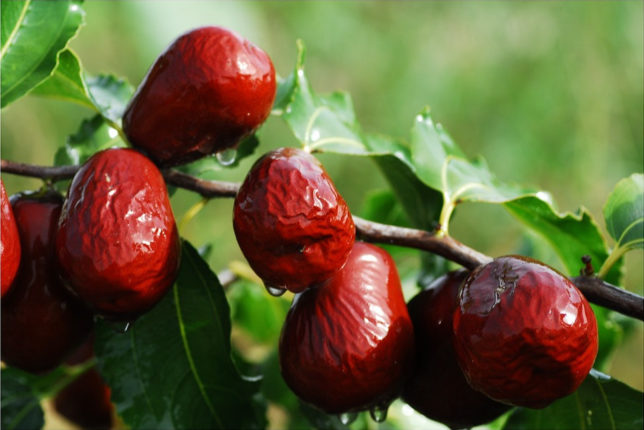
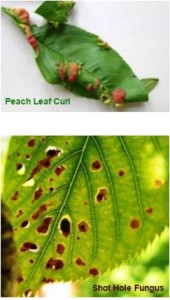 February into Spring (About Valentines)
February into Spring (About Valentines)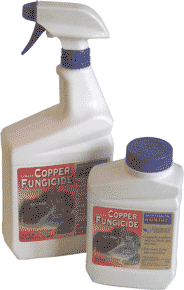 For control of fire blight in apples and pears, (if your trees have a history of fire blight,) Spray with Bonide Liquid Copper Fungicide every 5 days during the bloom cycle.
For control of fire blight in apples and pears, (if your trees have a history of fire blight,) Spray with Bonide Liquid Copper Fungicide every 5 days during the bloom cycle.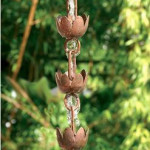 Rain Chains are linked, decorative copper chains and/or funnels designed to replace the downspouts from your gutters. Instead of hiding the water inside that closed downspout rain chains allow you to see and hear the cascading water, providing a pleasing and unique water feature on those rainy days we are hoping for.
Rain Chains are linked, decorative copper chains and/or funnels designed to replace the downspouts from your gutters. Instead of hiding the water inside that closed downspout rain chains allow you to see and hear the cascading water, providing a pleasing and unique water feature on those rainy days we are hoping for.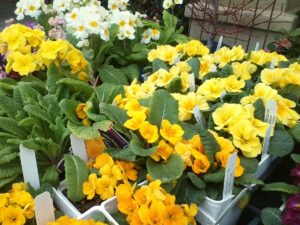 THE VALUE OF ANNUALS
THE VALUE OF ANNUALS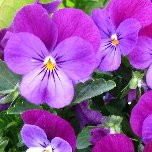
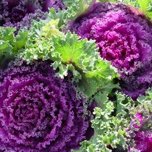
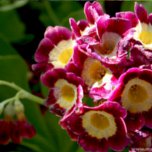
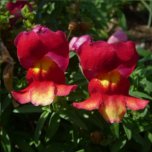
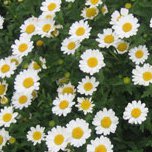
![vegbasketbar[1]](https://www.aldenlane.com/m/wp-content/uploads/2015/09/vegbasketbar1.jpg)
![vegbasketbar2[1]](https://www.aldenlane.com/m/wp-content/uploads/2015/09/vegbasketbar21.jpg)
